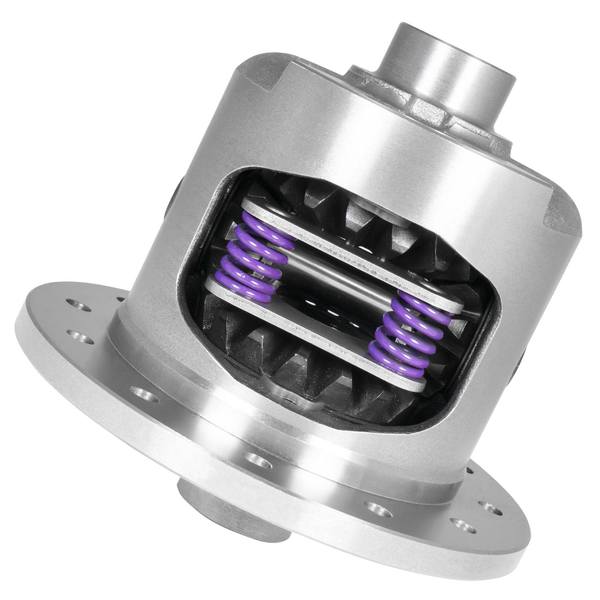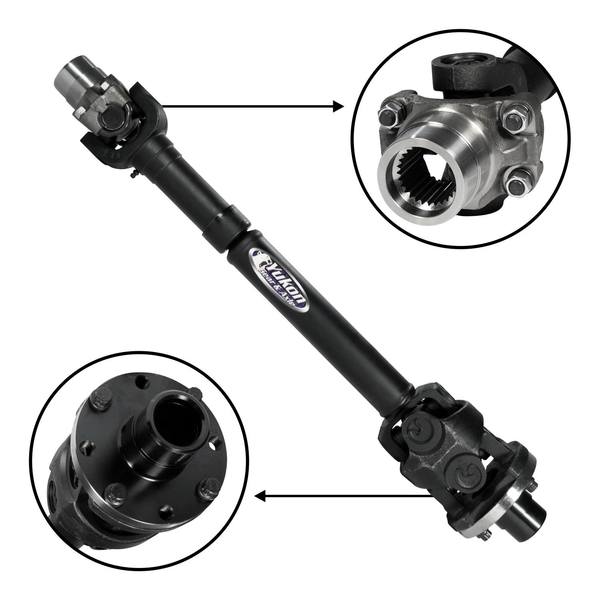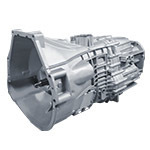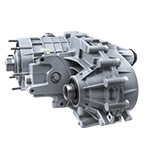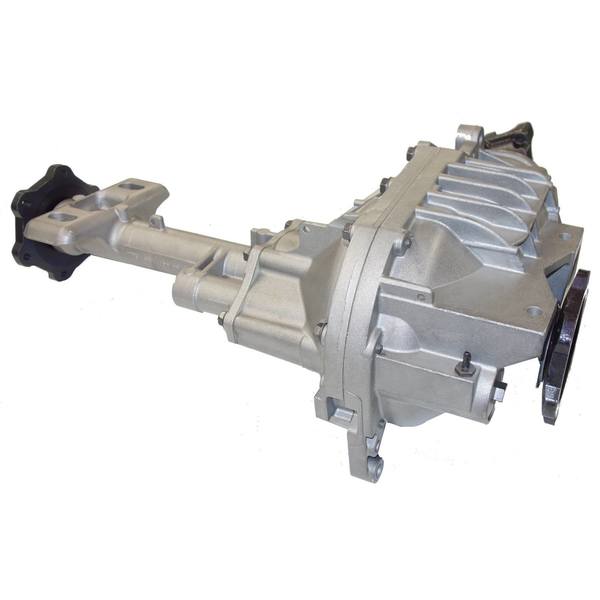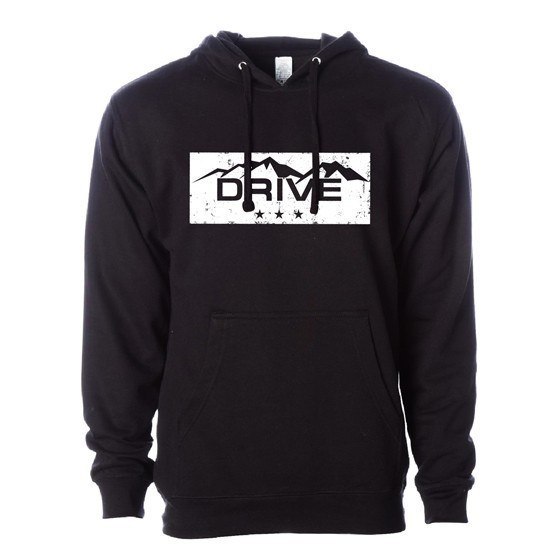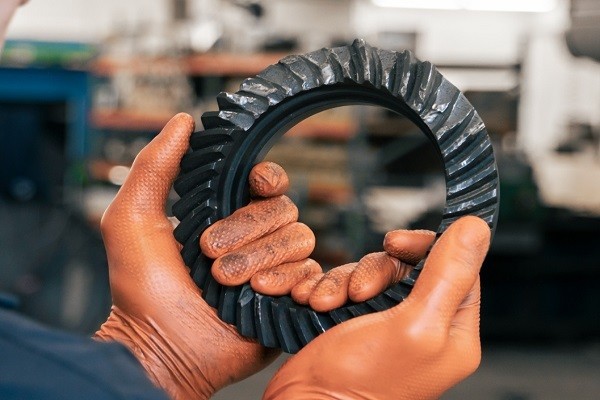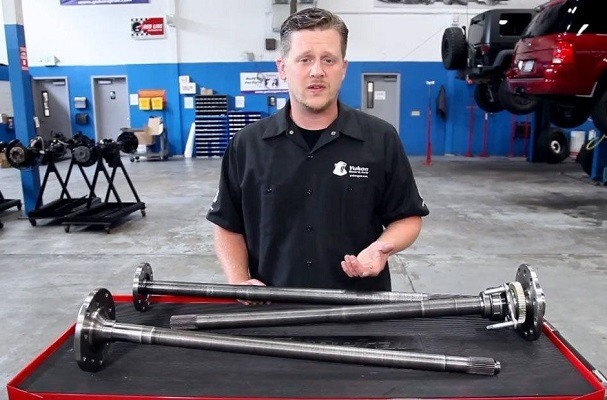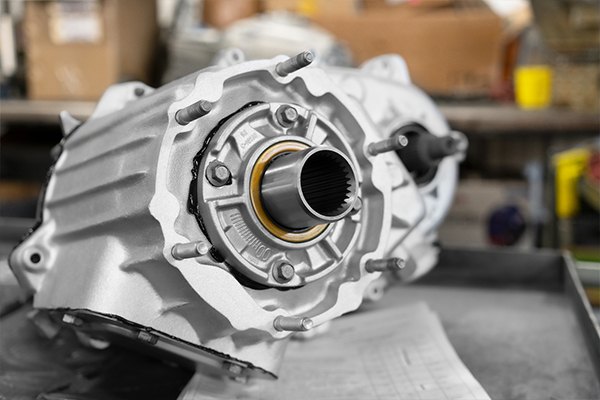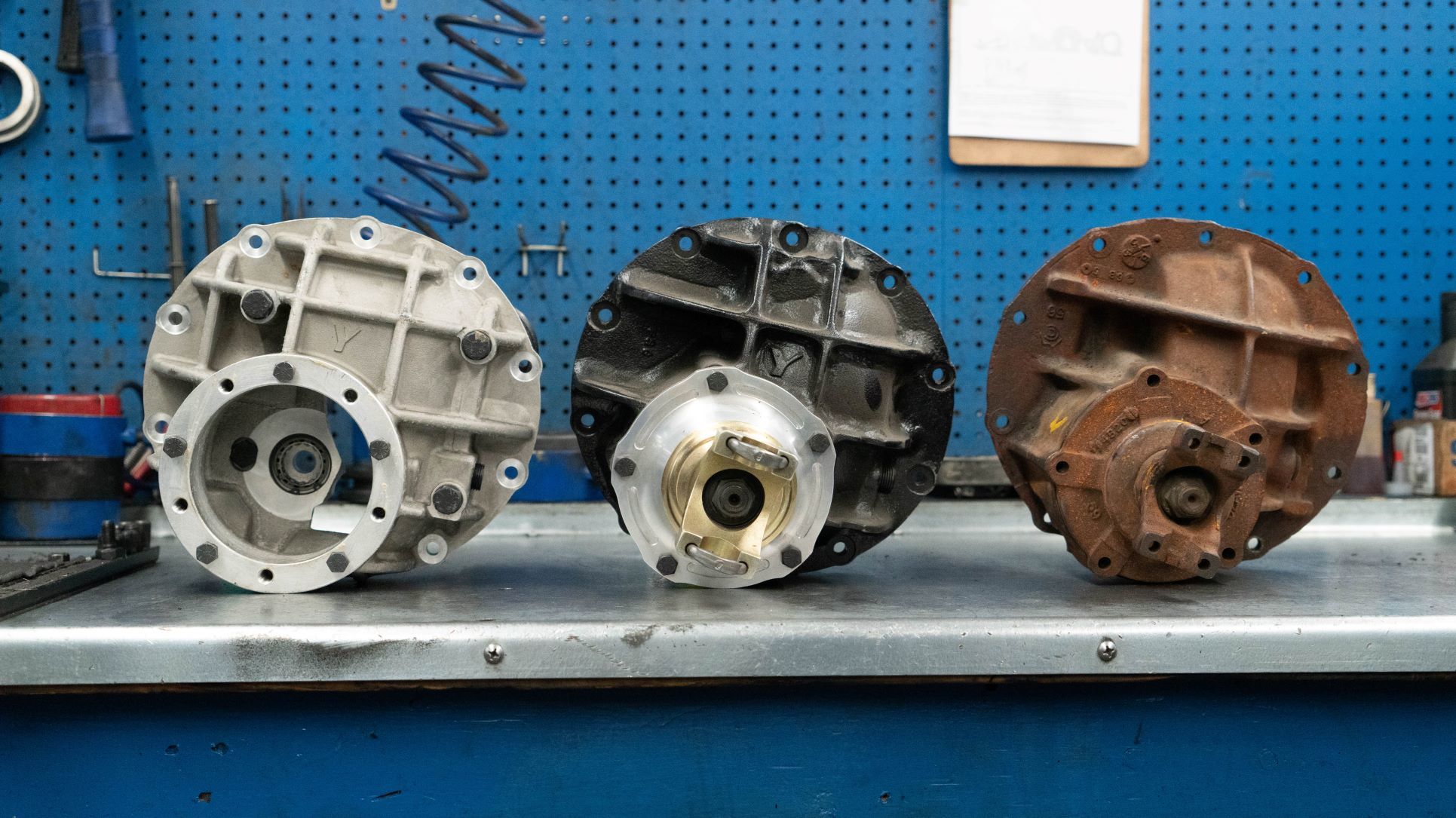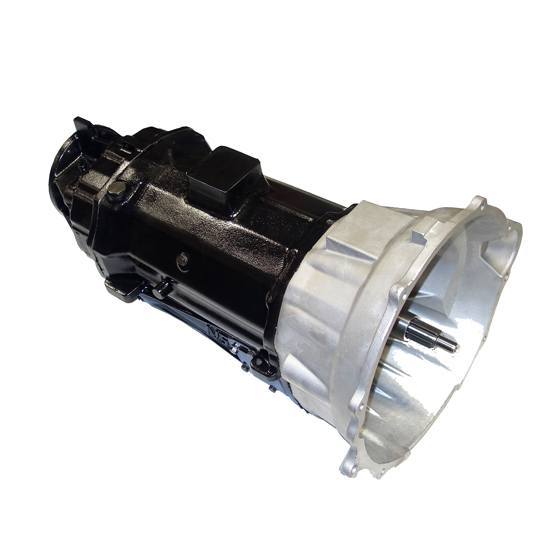Breaking a differential can be a sudden, horrific event. If you’ve haunted the drag strip you’ve undoubtedly seen the loud, fully cammed hot rod drop the clutch then drop a load of gears and metal on the track. Out on the trail, a struggling rig finally hooks up and the sudden torque is too much for the diff, grenading the unit to its ultimate demise.
A differential can also die slowly and alert you to its impending doom. A vehicle in motion makes many different sounds, most are relaying a harmonious state of being. But there can be tremors in The Force. As things start going sideways in a differential there are noises that serve as clues to what’s happening and knowing the what the noises mean will help you determine what may be wrong. To this end, we are offering this rundown of common noises and their likely point of origin.
The Sounds Of Death
A “whirring” sound generated by unloading via deceleration from most any regular road speed can likely be traced to pinion bearing failure or poor pinion bearing preload. This malady is often diagnosed as a bad ring and pinion gear.

Generating a “whine” or “howling” sound under positive load i.e. acceleration is more in line with a worn or failing ring and pinion gear or a ring and pinion gear set that has not been setup correctly.
If you detect a “rumbling” sound at speeds above 20 mph that tends to change frequency while the vehicle is turning it may be caused by worn carrier bearings. But it could also be bad wheel bearings. To confirm, jack up the vehicle at the offending corner and shake the tire. If there is a lot of play in the wheel/tire, the wheel bearing is most likely the culprit.
[At Left: Here’s a real screamer. Crush sleeve or pinion bearing failure resulted in the pinion gear trying to eat the carrier.]
A regular rhythmic “clunking” or “clicking” detected every few feet may be a broken tooth on your ring or pinion gear. If you have recently swapped on new rolling stock, check the inside of the wheel for an exposed clip-on external wheel weight that may be hitting the shock body on every revolution.
A more aggressing “clunking” that borders on “banging” that happens when cornering may be caused by broken spider gears, poorly lubricated limited slip differential or positraction units, or worn clutch packs in limited slip differential or positraction units.
Basic Ground Rules
In this process hearing the sound is easy enough… it’s tracing the source that gets tricky. The big challenge is discerning a failing bearing within the diff to a wheel bearing that is going south. The sound is similar. One of the determining factors is the fact that the wheel bearing noise will change with wheel speed but usually will not change with load variations i.e. acceleration or deceleration but the sound from a wounded rear differential will change with wheel speed and load.
Listen with Your Eyes
Leaks are warning signs too. They can be precursors to trouble or the result of trouble. While some fluid under the vehicle can be part of condensation from normal operation, noticing reddish drips can be a sign of leaking transmission fluid. A compromised seal or gasket steals away vital lubrication resulting in dry, overheated internals and impending failure.
The bottom line here is any noise emanating from your drivetrain, whether you can locate its root source on not, is serious business. Tracking down the cause is critical to prevent more serious damage and more expensive repairs.
For more insight into the Sounds of Death, check out the accompanying Identifying Ring and Pinion Gear Noise video.
 AMC
AMC
 Chrysler
Chrysler
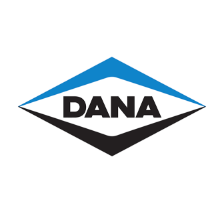 Dana
Dana
 Ford
Ford
 GM
GM
 Isuzu
Isuzu
 Nissan
Nissan
 Suzuki
Suzuki
 Toyota
Toyota
